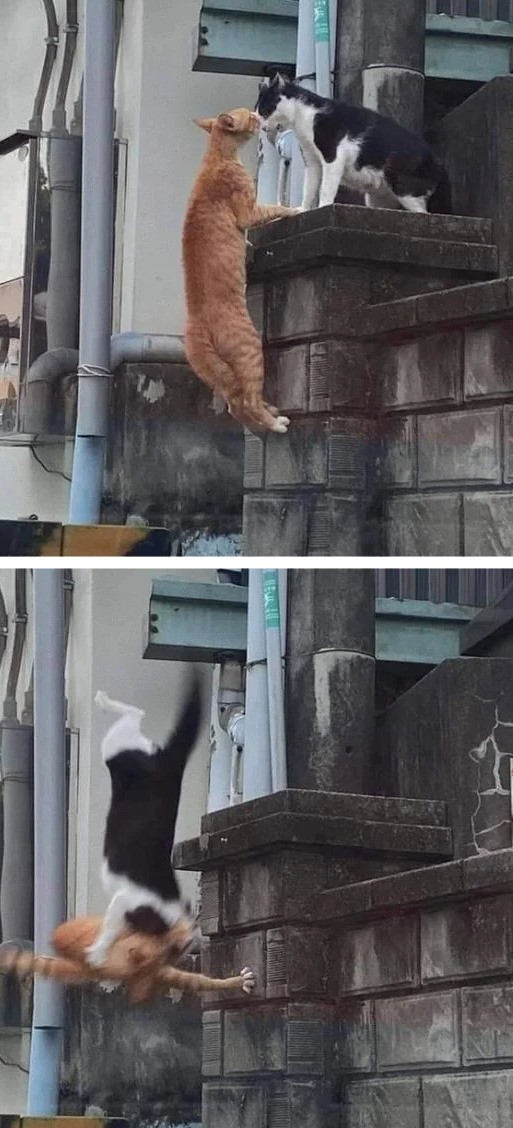Text
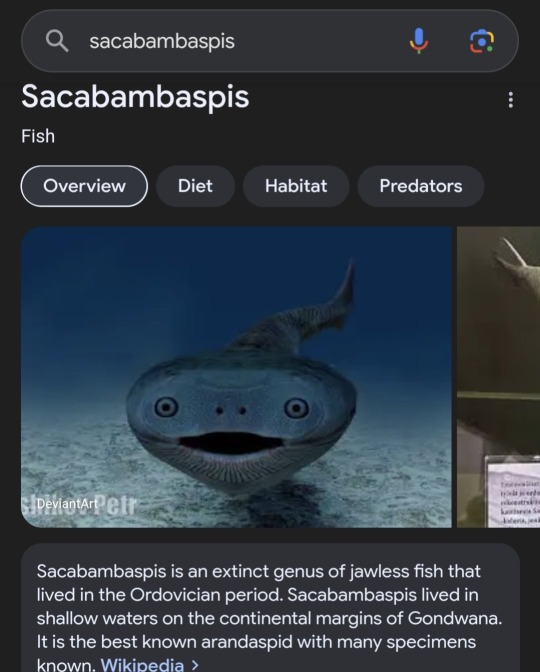
i hope i never ever ever see this image while im high or it will also straight up kill me. it would make me so scared my skeleton would run away And id be a boneless scared heap on the ground
69K notes
·
View notes
Text
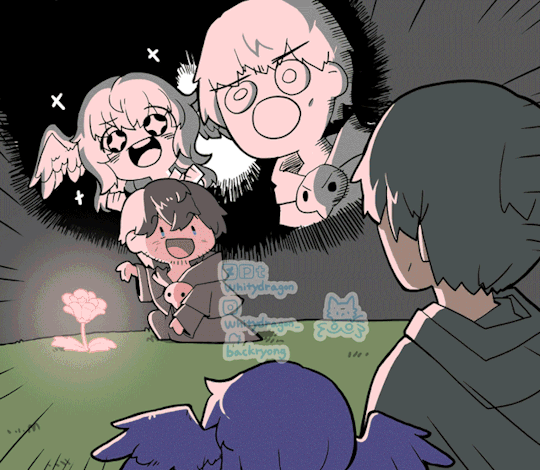
the colour of elpis flower
#I can hear carameldansen#epic disco party where all the strobe lights are just a bunch of WoLs poking Elpis flowers#everyone would have a seizure
709 notes
·
View notes
Text
@great-tailed-grackle

I was walking through the toy aisle at Target when I found this thing and had a VIOLENT AND IMMEDIATE FLASHBACK to when JP first came out and they had a bunch of REALLY COOL T Rex toys that I would have sold one of my scrawny small-child limbs for but my mother wouldn’t get me one because they were “too violent and also ate people” :(
512K notes
·
View notes
Photo

Curtain call
A speedpaint video and layered PSD file of this will be available at my Patreon on Nov 1st!
Keep reading
#art#ffxiv#ff14#final fantasy xiv#emet selch#shadowbringers#ffxiv shadowbringers#ffxiv shadowbringers spoilers#ffxiv spoilers#shb spoilers#ffxiv 5.0 spoilers
5K notes
·
View notes
Text

She’s just like me Fr fr
#I read this and immediately knew it would do numbers on tumblr#same vibe as the fool jingling miserably across the floor#broom’s bullshit
1 note
·
View note
Note
I'm sick rn your funny silly ways are fixing me
imagine me shooting green energy into you that poisons you and kills you
#IS PUKICJO THE REASON IVE HAD A STAPH INFECTION IN MY THROAT FOR A MONTH AND A HALF#SHAKES MY FIST. CURSE YOU PUKI THE CHO
17K notes
·
View notes
Text
all the updates from al shifa right now are just "we're waiting to die" I feel so sick
10K notes
·
View notes
Text
you cant fuck a dude with chronic joint issues quietly you spread his legs and it lets out a cracking noise so loud it sounds like glass shattering
19K notes
·
View notes
Text
You can definitely criticize about how mental health is depicted in any given piece of media, since it’s subjective and nobody will ever agree on what counts as “good rep,” and I do agree with you on the Manic crazy drooly face, and the point about infantilizing Sunny, but I’d also like to share some of my opinions about the critiques you’ve made! I really mean this in the nicest way possible but while it’s perfectly valid if you don’t feel that Omocat executed certain things well, or if she did so in a harmful way, I don’t think you’re really taking into consideration some of the most important parts of media criticism: the purpose of a given scene/story element, what it contributes to the story/themes, who is narrating the story, and how the audience is meant to react.
Let me explain. So, your interpretation of the knife stabbing mechanic was that is was trivializing a real issue as serious as self harm and trying to compact it into something simple enough for a game mechanic, correct? I agree with the fact that it’s extremely disturbing and I can totally see how it feels reductive to include something as morbid as self harm into something simple like a game mechanic, but I’d like to raise the point of, from a writing perspective, why did Omocat include this, and what is it supposed to make the player feel? We aren’t supposed to feel okay with the fact that it’s included so casually. If you look up reactions on YouTube, everyone playing the game blind reacts in shock when they realize what they’re expected to do. That’s the point! We’re supposed to feel disturbed and upset by how the story seemingly just… glosses over it. And yet, the repetition of the mechanic also has a purpose to desensitize the player, not necessarily to the act of self harm itself, but in how it’s portrayed in relation to Sunny. It’s a psychological response for the brain to protect itself from repeated instances of upsetting imagery — it distances itself from said imagery. The likely goal in Omocat’s decision to include this mechanic is for the player to have less and less of a reaction the more the mechanic is used, which the player hypothetically should realize and acknowledge that “hm, I’m getting desensitized to this terrible thing, that’s not good!”
My interpretation is that this is meant to be a commentary on how, sometimes, people with self-harming thoughts become desensitized to the idea of violence directed at themselves. Omocat utilizes this concept again towards the first half of the true route, When Sunny goes outside for the first time. The player (and by extension, Sunny) is accustomed to utilizing a knife in the dream world, so during the fight scene with Aubrey, a lot of folks are conditioned to do the same thing without thinking much about it. The game immediately draws your attention to how messed up it is that Sunny just stabbed someone in real life (KEL: You shouldn’t be carrying things around like this, SUNNY…) because of how desensitized he was from the act of wielding a knife in combat within his imagination.
You pointed out the comparison between Sunny and Basil’s bad ends, as the latter has a much darker tone. I firmly believe this is done on purpose! Basil’s scene was much more sinister, as are most of his scenes. It’s how you would expect such a dark situation to be portrayed. But then, why was Sunny’s suicide scene all rainbows and pop music? Tonal contrast!! Remember, Sunny (or in this moment, Omori) is an unreliable narrator. We’re seeing things through his eyes, but his perception of the world, as we’re reminded time and time again, is very different from the objective reality. (The hallucinations you see on the first day in the real world, the ‘fight’ with the poster, Sunny daydreaming about the Recycultists, etc.) And if we go back to the whole knife thing, we’ve already established that Sunny/Omori seems very separated from the repulsion he should feel at the idea of violence towards himself. Omori’s purpose was to protect Sunny from his reality. From his perspective, Sunny’s death would be a permanent way of achieving this, and so it’s not something he views as sinister.
But us, as the audience, aren’t supposed to feel that way. The goal Omocat most likely had here was either another example of tonal contrast meant to make the situation even more disturbing, or an attempt at an ironic sort of dark humor. As with all of the points I made above this, whether or not she and the dev team did a *good job* of executing those ideas is up to the player to decide. You can even argue that said execution is harmful! But trying to critique the story elements of any given media at face value without actually trying to consider *why* they might have been implemented isn’t an effective evaluation.
Anyway, I really hope nothing I’ve said here comes off as condescending or offensive, I’m really sorry if that’s the case! Also, I used objective language for the sake of simplicity when referring to my views on what these scenes are trying to achieve, but as far as I know Omocat has never confirmed anything specifically regarding her thought process. This is just how I perceived these scenes!
A CRITIQUE OF OMORI, PART 4: DEPICTION OF MENTAL ILLNESS

NOTE: Reader discretion is advised. By clicking on “Keep reading”, you willingly choose to continue reading the post.
My remark about Omori being Sunny’s “Evil Mental Illness” at the end of the previous post, while meant to be tongue-in-cheek, isn’t even an exaggeration. The game actually designates him as “evil” on two separate occasions, thus presumably parallelling Sunny’s fight with Omori at the end of the game to Ness confronting Ness’ Nightmare, the evil within himself, in EarthBound. In addition to this, waking Sunny up (and getting out of certain areas in Black Space) requires Omori to kill himself by stabbing himself in the stomach, complete with the sound of his flesh being pierced by the knife. Because what better way is there to establish the protagonist’s suicidal tendencies than trivializing the very act of suicide into a gameplay mechanic a la Mario’s warp pipes, right? The game also doesn’t seem to have any problems with using an idea as tragic and horrifying as the suicide of a beloved family member as mere set-up for a very contrived plot twist.
Another issue about OMORI’s handling of mental illness is its usage of mental conditions as RPG status effects. The “Manic” status in particular depicts Omori flat-out drooling in his battle portrait. Because a tactful and respectful depiction of mental illness includes trivializing a real disorder into a gameplay mechanic and leaning into potentially harmful stereotypes while doing so, right?
Sunny himself doesn’t fare much better in this aspect. His status as a silent protagonist being explained by his introversion comes off as less of an organic character trait and more of a flimsy excuse to not have him talk until the end of the game for maximum emotional impact. The game using his depression and trauma as a justification for his “personality” as a bland, stoic and nigh-emotionless husk creates an unfortunate implication that introverted/depressed/traumatized people can express no genuine, outward emotions whatsoever. Now remember that Sunny is treated as the “baby” of the group and is compared to Mari’s pet cat, and the implications become even more unfortunate.
Basil isn’t spared from such writing either. In a lecture about OMORI and its development that Omocat, the game’s director and lead writer, gave at Drawfest, she mentioned that Basil’s “loneliness and insecurity” make him dependent on others, “sometimes dangerously so.” Again, this reads like a very convenient way to shield Basil from any criticism regarding his morbid plan to cover up Mari’s death.
Mari’s perfectionism also deserves a mention here for being a flaw so inconsequential it might as well be an informed one. When it’s not used as a convenient justification for Sunny lashing out at Mari, it’s presented as cute and endearing instead. Because it’s not like perfectionism is someone pretty much torturing themselves by holding themselves to a standard they could never realistically reach, right?
The game’s final battle is especially notable for how it handles Sunny confronting the personification of his depression. Ironically, despite the game trying its hardest to frame the fight as Sunny’s irrational self-loathing thoughts telling him he’s unlovable, some of Omori's points are actually quite rational and supported by the game itself:
“You've caused so much suffering… yet you do nothing.” - indeed, Sunny doesn’t do anything substantial to help his friends over the course of the story other than just Being There; in fact, he walks out on Basil during the latter’s first breakdown and leaves Hero alone after seeing him crying in the piano room at the end of Two Days Left.
“When do you think about others? How long are you going to let people take care of you?/You say you care but you're a liar. You've never done anything for anyone else.” - indeed, Sunny is never shown to have done anything substantial for his friends other than just Being There before Mari’s death either.
“You let them believe in a lie to protect yourself.” - indeed, Sunny did let his friends (and his family) believe in Basil’s cover-up story.
The player is not supposed to agree with anything Omori says, though. As mentioned previously, Omori’s speech is framed as Sunny’s irrational self-loathing thoughts that the latter must stand his ground against. For a game apparently renowned for its nuanced storytelling, its final fight boils down to “Sunny GOOD, his depression EVIL” and very transparently uses Sunny’s suicidal ideation to browbeat the player into sympathizing with him. After all, you would never want a child to kill themselves, would you?
The moment that exemplifies the game’s atrocious approach to mental illness is the game’s bad ending. If you choose not to continue during the fight with Omori, Omori takes control of Sunny and leads him to the hospital’s balcony, which has a very convenient hole in the railing. After yet another choice prompt (which is weird since the player has already made the important choice), Sunny throws himself off the hospital's roof… and endlessly falls to his death as a ridiculously cheery and banging pop song (that wasn’t even written for the game in the first place, by the way) plays in the background.
The tonal whiplash the juxtaposition creates is probably intentional, with the game playing ironically cheery music during such a disturbing moment, but the sheer dissonance between the seriousness of Sunny taking his life and the fact that it’s set to a song with MLG airhorns in it makes it impossible to take the moment seriously. What is the player even supposed to be feeling during this scene? Additionally, why is Sunny’s suicide the only one the game frames in such a distasteful way? It doesn’t play pop music when Sunny sees Basil’s disemboweled corpse in the Neutral ending, does it? To my mind, this cutscene serves as the perfect demonstration that mental illness in OMORI isn’t approached with the necessary tact one needs when examining such a complex and complicated topic, but is instead used as more of an “aesthetic” to spice up the plot of an otherwise completely unremarkable game.
Of course, the bad ending isn't the only one that has significant problems. The game's true ending also has something for me to address.
31 notes
·
View notes
Text
it is so disgusting watching other white people reassure each other about taking breaks from social media and "prioritizing your mental health" when literally the one thing Palestinians are asking for more than anything is that people do not look away from what is happening to them
#this whole situation is horrific#I share what I can on Instagram and tumblr but beyond that I’m not sure what to do to support Palestinians
28K notes
·
View notes
Text
i wake up and i am immediately thinking about those characters. i eat breakfast and i am thinking about those characters. i do chores and i am thinking about those characters. i do any work, i study, i walk the dogs, and i am thinking about those characters. i go to bed and i am thinkign
45K notes
·
View notes
Text
tis the season to remember Medjed aka The Smiter, an invisible egyptian deity with laser eyes and nonbinary swagger:

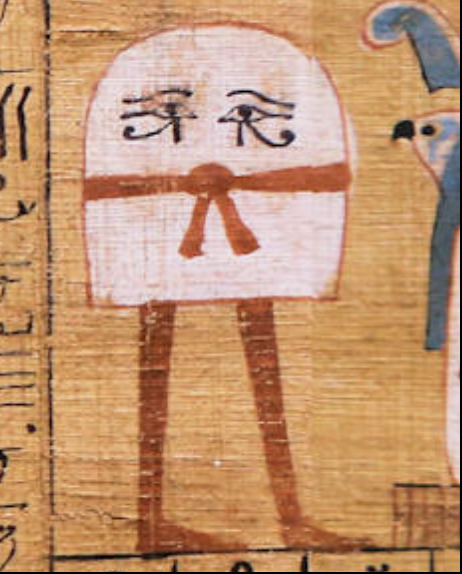
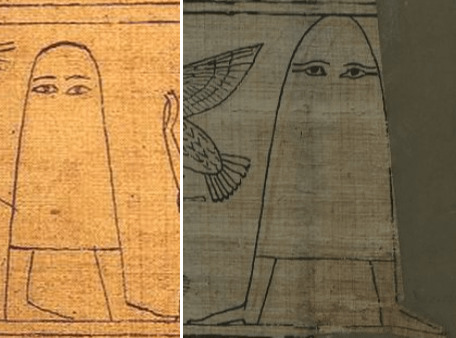
rotating them gently in my mind as they do a spiffy little dance number
#holy shit. it’s punpun#from that one horror(?) manga#(I have never read oyasumi pumping in my life)
32K notes
·
View notes
Text
art cheats
hello i am here today to not lose track of the art cheats i have discovered over the years. what i call art cheat is actually a cool filter/coloring style/way to shade/etc. that singlehandedly makes art like 20 times better
80’s anime style
glitch effect
glow effects
adding colors to grayscale paintings
foreshortening ( coil )
foreshortening ( perspective )
clipping group (lines)
clipping group (colors)
dramatic lighting ( GOOD )
shading metal
lighting faces
that is all for today, do stay tuned as i am always hunting for cool shit like this
318K notes
·
View notes
Text

Cringetober Day 8: Tumblr Sexyman
this website has weird taste in men
once again finally figured out my idea for this one way later than i should've, so its not as polished as i would've liked
13K notes
·
View notes
Text
public service announcement: Deemos anniversary is on November 13th. AND ITS THE 10 YEAR ANNIVERSARY-
5 notes
·
View notes
